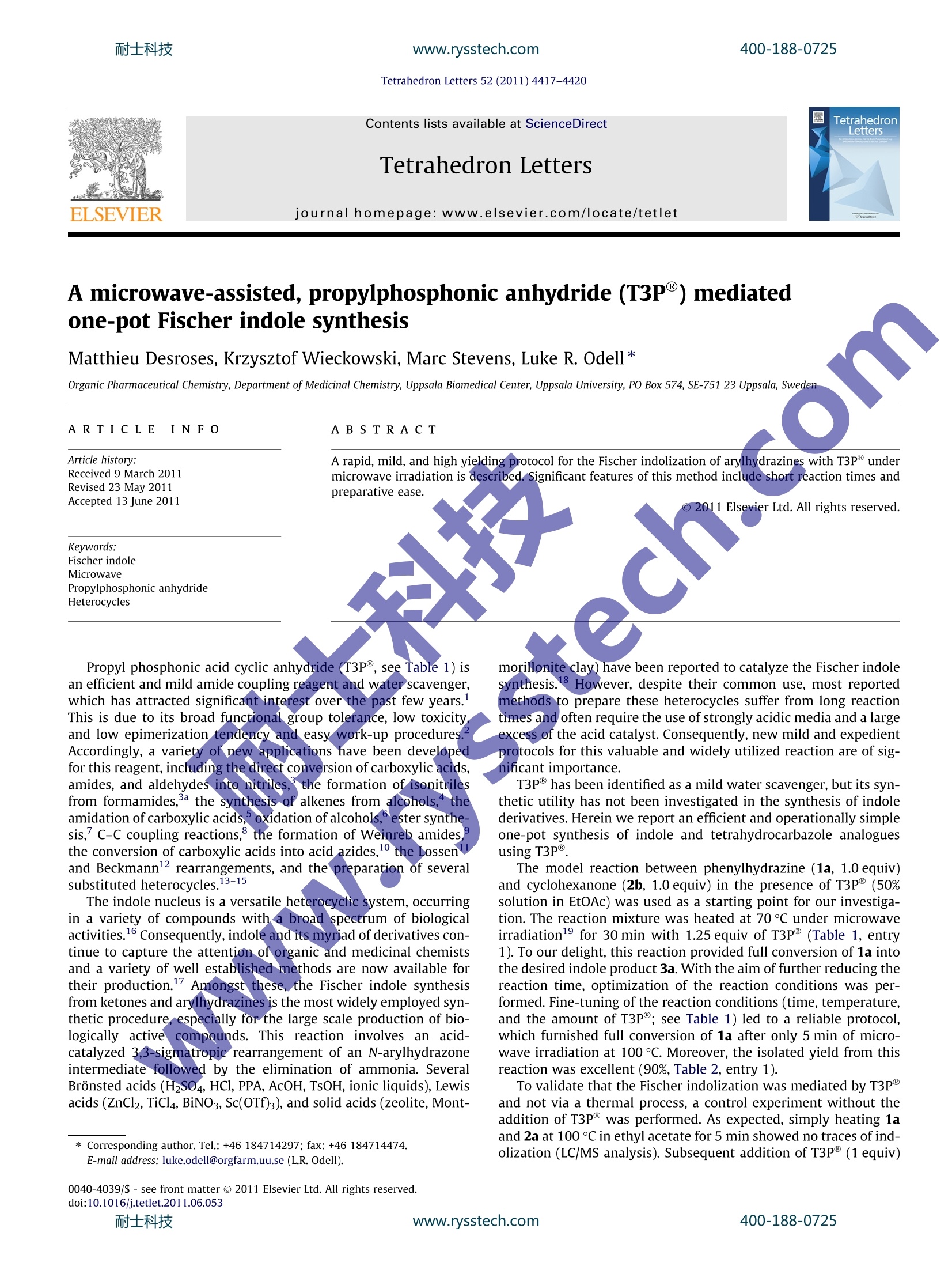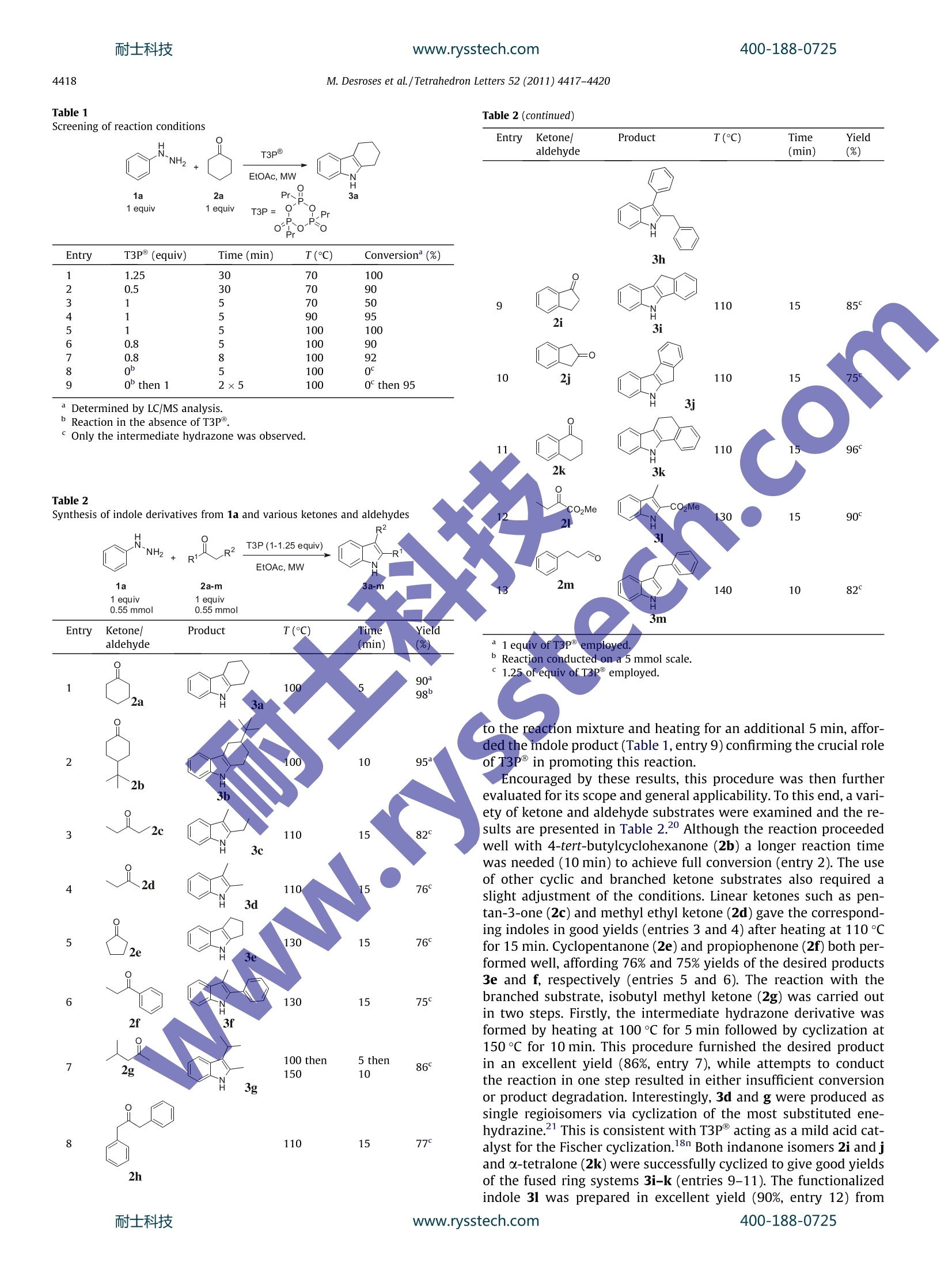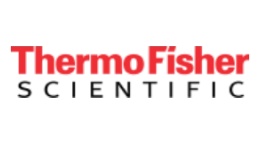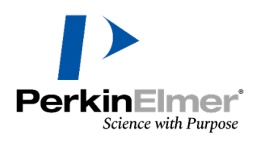方案详情文
智能文字提取功能测试中
耐士科技www.rysstech.comTetrahedron Letters 52 (2011) 4417-4420400-188-0725 400-188-0725耐士科技www.rysstech.com4418 Contents lists available at ScienceDirect Tetrahedron Letters ELSEVIER journalhomepage:www.elsevier.com/locate/tetlet A microwave-assisted, propylphosphonic anhydride (T3P") mediatedone-pot Fischer indole synthesis Matthieu Desroses, Krzysztof Wieckowski, Marc Stevens, Luke R. Odell* Organic Pharmaceutical Chemistry, Department of Medicinal Chemistry, Uppsala Biomedical Center, Uppsala University, PO Box 574, SE-751 23 Uppsala, Sweden ARTICLE INF O ABSTRAC T Article history:Received 9 March 2011Revised 23 May 2011 A rapid, mild, and high yielding protocol for the Fischer indolization of arylhydrazines with T3P undermicrowave irradiation is described. Significant features of this method include short reaction times andpreparative ease. 2011 Elsevier Ltd. All rights reserved Accepted 13 June 2011 Keywords:Fischer indoleMicrowavePropylphosphonic anhydrideHeterocycles Propyl phosphonic acid cyclic anhydride (T3P@, see Table 1) isan efficient and mild amide coupling reagent and water scavenger,which has attracted significant interest over the past few years.This is due to its broad functional group tolerance, low toxicityand low epimerization tendency and easy work-up procedures.Accordingly, a variety of new applications have been developedfor this reagent, including the direct conversion of carboxylic acids,amides, and aldehydes into nitriles, the formation of isonitrilesfrom formamides, the synthesis of alkenes from alcohols, theamidation of carboxylic acids, oxidation of alcohols, ester synthe-sis,’ C-C coupling reactions, the formation of Weinreb amides,the conversion of carboxylic acids into acid azides,the Lossenand Beckmann'rearrangements, and the preparation of severalsubstituted heterocycles.13-15 The indole nucleus is a versatile heterocyclic system, occurringin a variety of compounds with a broad spectrum of biologicalactivities.6 Consequently, indole and its myriad of derivatives con-tinue to capture the attention of organic and medicinal chemistsand a variety of well established methods are now available fortheir production.Amongst these, the Fischer indole synthesisfrom ketones and arylhydrazines is the most widely employed syn-thetic procedure, especially for the large scale production of bio-logically activecompounds. This reaction involves an acid-catalyzed 3,3-sigmatropic rearrangement of an N-arylhydrazoneintermediate followed by the elimination of ammonia. SeveralBronsted acids (H2SO4, HCl, PPA, AcOH, TsOH, ionic liquids), Lewisacids (ZnCl2,TiCl4, BiNo3,Sc(OTf)3), and solid acids (zeolite, Mont- ( * C orresponding author. Tel.: +46 184714297; fax: + 46 184714474. E-mail address: luke.odell@orgfarm.u u .se (L.R. Odell). ) morillonite clay) have been reported to catalyze the Fischer indolesynthesis. 8 However, despite their common use, most reportedmethods to prepare these heterocycles suffer from long reactiontimes and often require the use of strongly acidic media and a largeexcess of the acid catalyst. Consequently,new mild and expedientprotocols for this valuable and widely utilized reaction are of sig-nificant importance. T3P has been identified as a mild water scavenger, but its syn-thetic utility has not been investigated in the synthesis of indolederivatives. Herein we report an efficient and operationally simpleone-pot synthesis of indole and tetrahydrocarbazole analoguesusing T3P. The model reaction between phenylhydrazine (1a, 1.0 equiv)and cyclohexanone (2b, 1.0equiv) in the presence of T3P (50%solution in EtOAc) was used as a starting point for our investiga-tion. The reaction mixture was heated at 70°C under microwaveirradiation1 for 30 min with 1.25 equiv of T3P (Table 1, entry1). To our delight, this reaction provided full conversion of 1a intothe desired indole product 3a. With the aim of further reducing thereaction time, optimization of the reaction conditions was per-formed. Fine-tuning of the reaction conditions (time, temperature,and the amount of T3P"; see Table 1) led to a reliable protocol,which furnished full conversion of 1a after only 5 min of micro-wave irradiation at 100C. Moreover,the isolated yield from thisreaction was excellent (90%, Table 2, entry 1). To validate that the Fischer indolization was mediated by T3Pand not via a thermal process, a control experiment without theaddition of T3P was performed. As expected, simply heating 1aand 2a at 100C in ethyl acetate for 5 min showed no traces of ind-olization (LC/MS analysis). Subsequent addition of T3P (1 equiv) ( 0040-4039/$- see fr o nt matter @ 2011 El se vier Ltd. All ri g hts reserved. d ?01 oi:10. 1 01 6 /j. t et l e t .20 1 1.06.053 ) M. Desroses et al./Tetrahedron Letters 52 (2011)4417-4420 Table 1Screening of reaction conditions Pr Entry T3P(equiv) Time (min) T(C) Conversion(%) 1 1.25 30 70 100 2 0.5 30 70 90 3 1 5 70 50 4 1 5 90 95 5 1 5 100 100 6 0.8 5 100 90 7 0.8 8 100 92 8 0 5 100 0 9 o then 1 2 x 5 100 0 then 95 Determined by LC/MS analysis. "Reaction in the absence of T3P. Only the intermediate hydrazone was observed. Table 2 Synthesis of indole derivatives from 1a and various ketones and aldehydes R2 T3P(1-1.25 equiv) 1 equiv of T3Pemployed. Reaction conducted on a 5 mmol scale. 1.25 of equiv of T3Pemployed. to the reaction mixture and heating for an additional 5 min, affor-ded the indole product (Table 1, entry 9) confirming the crucial roleof T3P in promoting this reaction. Encouraged by these results, this procedure was then furtherevaluated for its scope and general applicability. To this end, a vari-ety of ketone and aldehyde substrates were examined and the re-sults are presented in Table 2.2 Although the reaction proceededwell with 4-tert-butylcyclohexanone (2b) a longer reaction timewas needed (10 min) to achieve full conversion (entry 2). The useof other cyclic and branched ketone substrates also required aslight adjustment of the conditions. Linear ketones such as pen-tan-3-one (2c) and methyl ethyl ketone (2d) gave the correspond-ing indoles in good yields (entries 3 and 4) after heating at 110℃for 15 min. Cyclopentanone (2e) and propiophenone (2f) both per-formed well, affording 76% and 75% yields of the desired products3e and f, respectively (entries 5 and 6). The reaction with thebranched substrate, isobutyl methyl ketone (2g) was carried outin two steps. Firstly, the intermediate hydrazone derivative wasformed by heating at 100 ℃ for 5 min followed by cyclization at150°C for 10 min. This procedure furnished the desired productin an excellent yield (86%, entry 7), while attempts to conductthe reaction in one step resulted in either insufficient conversionor product degradation. Interestingly, 3d and g were produced assingle regioisomers via cyclization of the most substituted ene-hydrazine. This is consistent with T3Pacting as a mild acid cat-alyst for the Fischer cyclization.8n Both indanone isomers 2i and jand o-tetralone (2k) were successfully cyclized to give good yieldsof the fused ring systems 3i-k (entries 9-11). The functionalizedindole 31 was prepared in excellent yield (90%, entry 12) from Table 3Synthesis of indole derivatives from 2a and various arylhydrazines ° Reaction produced a 4:3 mixture of regioisomers. methyl 2-ketobutyrate (21) and the reaction of 3-phenylpropional-dehyde (2m) with phenylhydrazine furnished the expected C-3substituted indole 3m in good yield (entry 13).Finally, the reactionwas carried out successfully on a 5 mmol scale,producing 3a in98% yield. To extend further the scope of this methodology, a set of substi-tuted arylhydrazines was investigated and the results obtained aresummarized in Table 3. Hydrazines bearing electron-donating (en-tries 1 and 2) or electron-withdrawing groups (entries 3-6) werewell tolerated affording good to excellent yields of the correspond-ing tetrahydrocarbazoles. Furthermore, ortho-substituted hydra-zines also performed well (entries 7 and 8) indicating a limitedinfluence of steric factors on the reaction outcome. We believe that T3P mediates the Fischer indolization by firstacting as a water scavenger and driving the initial equilibrium to-ward formation of the phenylhydrazone intermediate. This processproduces P,P,P"-tripropyl triphosphonic acid (Fig. 1), which thenfunctions as a proton source to promote ring-closure. Supplementary data Supplementary data (experimental details and 'H NMR spectrafor compounds 3a-u) associated with this article can be found, inthe online version, at doi:10.1016/j.tetlet.2011.06.053. References and notes 1. (a) Wissmann, H.; Kleiner, H.J. Angew. Chem., Int. Ed.Engl. 1980, 19, 133; (b)Escher, R.; Bunning, P. Angew. Chem., Int. Ed. Engl. 1986, 25,277. 2. C(oupling AgentTT3P-TheWater Scavengerwww.archimica.com/PDF/ARCHIMICA_T3P Brochure.pdf. 3.(a) Meudt, A., Scherer, S.; Nerdinger S. PCT Int. Appl. WO 2005070879,2005;Chem.Abstr.2005,143,172649.;(b) Augustine,J. K.; Atta,R. N.; Ramappa, B. K.;Boodappa, C. Synlett 2009,3378. 4.4. Meudt A., Scherer S., Bohm C. PCT Int. Appl. WO 2005123632, 2005; Chem.Abstr. 2005,144,69544. (a) Appendino, G.; Minassi, A.; Berton, L.; Moriello, A. S.; Cascio, M. G.; De Petrocellis, L.; Di Marzo, V. J. Med. Chem. 2006, 46, 2333; (b) Scaravelli, F.;Bacchi, S.; Massari, L.; Curcuruto,O.; Westerduin, P.; Maton, W. TetrahedronLett. 2010,51,5154. 6.Meudt, A.; Scherer, S.; Bohm, C. PCT Int. Appl. WO 2005102978,2005; Chem.Abstr. 2005, 143,440908. 7Wedel,M.; Walter, A.; Montforts, F.-P. Eur.J. Org. Chem. 2001,9,1681. 8. Hermann, S. Ger. Offen. DE 10063493, 2002; Chem. Abstr. 2002, 137,47003. 9. BEurkhart, F.; Hoffmann M.; Kessler, H. Angew. Chem., Int. Ed. 1997, 36, 1191. 1l00.Basavaprabhu,N. N.; Lamani,R. S.; Sureshbabu, V.V. Tetrahedron Lett. 2010,51,3002.二 11. Vasantha, B.; Hemantha, H. P.; Sureshbabu, V. V. Synthesis 2010, 2990. 12.A/ugustine,J. K.; Kumar, R.; Bombrun, A.; Mandal, A. B. Tetrahedron Lett.2011,52, 1074. 13. Zu2mpe, F. L.; Melanie, F.; Schmitz, K.; Lender, A. Tetrahedron Lett.2007, 48,1421. 14.Crawforth, J. M.; Paoletti, M. Tetrahedron Lett. 2009, 50, 4916. 15./Augustine, J. K.; Vairaperumal, V.; Narasimhan, S.; Alagarsamy, P.Radhakrishnan, A. Tetrahedron 2009, 65, 9989. 16. FIor a review, see: Sharma, V.; Kumar, P.; Pathak, D. J. Heterocycl. Chem. 2010,47, 491. 17.F1or recent reviews, see: (a) Patil, S. A.; Patil, R.; Miller, D. D. Curr.Med. Chem.2011, 18, 615; (b) Barluenga,J.; Rodriguez, F.; Fananas, F. J. Chem Asian J. 2009,4, 1036; (c) Krueger, K.; Tillack, A.; Beller, M. Adv.Synth. Catal. 2008,350,2153;(d) Song,J.J; Reeves, J. T.; Gallou,F.; Tan, Z.; Yee, N. K.; Senanayake,C. H. Chem.Soc. Rev. 2007,36,1120;(e)Humphrey, G. R.; Kuethe,J. T. Chem. Rev. 2006, 106,2875; (f) Cacchi,S.; Fabrizi, G. Chem. Rev. 2005, 105,2873;(g) Joule, J. A. InScience of synthesis; Thomas, E. J.,Ed.; Thieme: Stuttgart, 2000. Vol. 10, p 366. 18.For recent examples, see: (a) Inman, M.; Moody, C. Chem. Commun. 2011, 47,788; (b) Ashcroft, C. P.; Hellier, P.; Pettman, A.; Watkinson, S. Org.Process Res.Dev.2011, 15,98;(c) Wahab, B.; Ellames, G.; Passey, S.; Watts, P. Tetrahedron2010, 66,3861; (d)Jiang, H.; Wang, Y.; Wan, W.; Hao,J. Tetrahedron 2010, 66,2746;(e) Xu,D.-Q.; Wu,J; Luo, S.-P.; Zhang,J.-X.; Wu,J.-Y.; Du, X.-H.; Xu, Z.-Y.Green Chem. 2009, 11,1239; (f) Park, I.-K.; Suh, S.-E.; Lim, B.-Y.; Cho, C.-G. Org.Lett. 2009, 11, 5454;(g)Jeanty, M.; Blu,J; Suzenet, F.; Guillaumet, G.Org. Lett.2009,11,5142; (h) Donald, J. R.; Taylor, R. J. K. Synlett 2009, 59; (i) Sudhakara,A.; Jayadevappa, H.; Mahadevan, K. M.; Hulikal, V. Synth. Commun. 2009, 39,2506; (j) Sudhakara, A.; Jayadevappa, H.; Kumar, H. N. H.; Mahadevan, K. M.Lett. Org. Chem. 2009, 2, 159; (k) Varma,P. P.; Sherigara, B. S.; Mahadevan, K. ( M.; Hulikal, V . Synth. C ommun. 20 0 9, 39, 158; (1) Ch e n, J.; Chen, W.; Hu, Y.Synlett 2008, 7 7 ;(m ) Lipinska, T. M.; Cza r nocki, S. J . Org. Lett. 2007,8,367; (n) X u,D.-Q.; Y a ng, W.-L.; Luo, S.-P.; Wang, B.-T.; Wu,J.; X u, Z.-Y. Eur. J. Org. Chem. 2007, 1 007. and r e ferences t h erein; F o r e x amples of mi c rowave-assisted Fischer indole synthesis, s e e: ( o ) Karthikeyan, S. V.; P e rumal, S. ; Shetty,K. A . ; Yogeeswari, P.; Sriram, D. Bioorg . Med. Chem. Lett. 2009 , 19,3006; (p) B ratulescu, G . Tetrahedron Lett. 2 0 08, 49, 98 4 ; (q) Bar b ieri,V.; Fer l in, M.G . Tetrahedron Lett. 2006,47,8289. ) 19. Fror a review, see: (a) Larhed, M.;Moberg, C.; Hallberg, A. Drug Discovery Today2001,6, 406; (b) Kappe, C. O. Chem. Soc. Rev. 2008, 37,1127. ( 20. T ypical r eaction procedure: T3P" ( 50% in EtOAc)(0.55-0.68 mmol) was added to a mixture of hydrazine (59 mg, 0.55 mmol) and k etone/aldehyde (0.55 mmol) i n a microwave vial. The reaction volume w as then made up to 0.5 mL with EtOAc a nd the vessel was sealed u nder air. The mixture was h eated u nder microwave i r radiation ( Biotage Initiator ) a t 100-150℃ f o r 5-15 min. T h esolvent was e vaporated u nder reduced p r essure and the o i ly residue w aspurified by f iltration through a plug of silica ge l (eluent: isohexane/EtOAc,8:2) to yield the desired indole or tetrahydrocarbazole. ) ( 21. Z hao,D.; H u ghes, D. L.; B e nder, D. R.; D eMarco, A.M. ; Re i der, P. J . J. Org. Chem. 1991563091 ) ww.rysstech.com耐士科技 耐士科技www.rysstech.com
关闭-
1/4

-
2/4

还剩2页未读,是否继续阅读?
继续免费阅读全文产品配置单
上海鑫欣生物科技有限公司为您提供《通过Biotage Initiator微波合成进行一锅法Fisher吲哚的合成耐士科技》,该方案主要用于其他中特殊物质和基团检测,参考标准《暂无》,《通过Biotage Initiator微波合成进行一锅法Fisher吲哚的合成耐士科技》用到的仪器有null。
我要纠错
相关方案


 咨询
咨询



